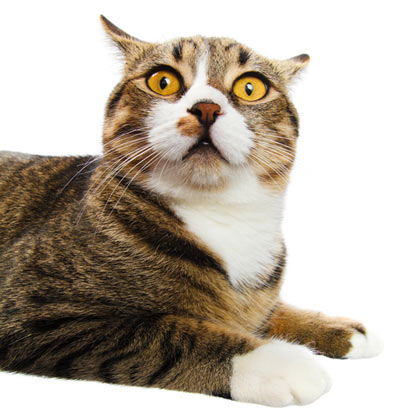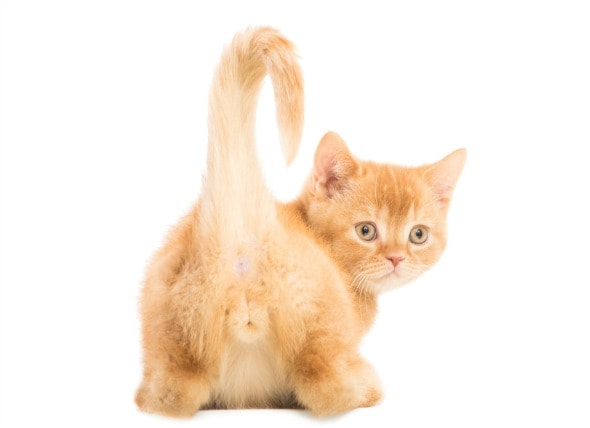

Anal sacs are paired small pouches located on either side of the anal opening in s, cats, ferrets and other s. The lining of the sacs produces a smelly brown liquid that is usually eliminated in small quantities during defecation.
Prunes, Psyllium Husk Fiber and Pumpkin for Remedies for Anal Gland Issues: Cats and s.
Home. Back to Info Index. Anal Glands (Sacs) Anal gland disease is a common problem in cats and s. The anal glands, also called “anal sacs”, can become impacted, infected and abscessed.

What is an anal gland tumor? This tumor is a disordered and purposeless overgrowth of cells originating from an anal sac. The tumor is usually rapidly growing, almost always malignant (spreading), and extends deep into surrounding tissues.
The anal glands or anal sacs are small glands found near the anus in many mammals, including s and cats.They are paired sacs located on either side of the anus between the external and internal sphincter muscles.
Location, function, and disease problems associated with anal glands (also called anal sacs) in cats, including impactions, infections, and abscesses.



ANAL SAC DISEASE. Scooting, licking and smelling could be signs of an anal gland ailment. The anal sacs are located on each side of the anus, just under the skin.

When a ‘s anal sacs are irritated or infected, blood flow to the area increases. The anal area becomes hot, swollen, and painful. This inflammation causes the tiny ducts that empty the anal sacs to swell shut.
Perianal sacs in the . Illustration by Dr. Gheorghe Constantinescu. Anal sac disease is the most common disease entity of the anal region in s. Small breeds are predisposed; large or giant breeds are rarely affected. In cats, the most common form of anal sac disease is impaction. Anal sacs may



What are anal sac (apocrine gland) tumors? Anal sacs are paired structures, one sac on each side of the anus, which are lined by many glands. These glands